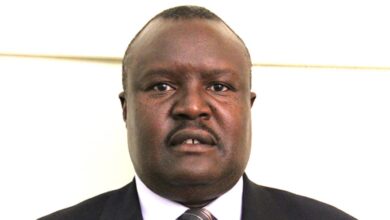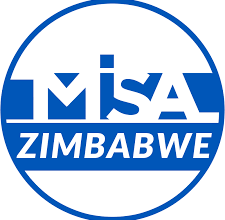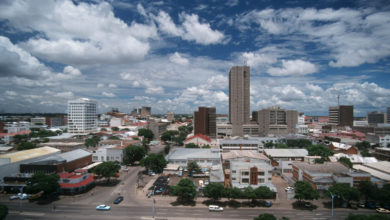Govt to establish gold service centers countrywide

MINISTRY of Mines and Mining Development is set to establish gold service centres across the country in a bid to create convenience for small scale and artisanal miners as well as boost production.
The plan behind the gold service centre is to attract as many small scale and artisanal miners as possible in order to safeguard production and flow of gold while avoiding leakages.
Addressing delegates at the 2018 Mine Entra Conference Thursday, Minister of Mines, Winston Chitando said the gold centres would be equipped with the necessary equipment to lighten the burden on artisanal miners.
“The idea is within a certain distance or perimeter, the gold centres will capture as many artisanal miners as possible. The gold centre would also have a laboratory and in the long term planning we would have gold mobile units,” said Minister Chitando.
“The mobile units would be towed at the back of bakkies and tractors, which will do crashing and processing of gold that would then be taken to the service centre. Linked to the gold centre would be a mobile laboratory which would go to the artisanal miners so they can test their gold”.
In terms of capacitating small scale miners, the minister said it depended on the type of mining that was conducted and whether assistance needed was capital, resource tooling or technical.
“Mining simply put requires three things resource, capital commencement of the resource and expertise, which is managerial and technical. For instance if one mines in the river need and what they need to do is process sands using a dish, that means the capital required is $200 or $500.
“If your mining involves extraction that is 5km deep, you need capital commencement for mineralisation and thirdly some miners may need technical expertise, which may be managerial to commensurate with the nature of how they are mining.
“If your mining involves a 5km deep extraction process, you need engineers to analsye and explore what is underground. If mining is alluvial, the level of expertise is not as high,” Chitando explained.
He added that capacitation of small scale miners comes from a strategic perspective but argued that government assistance would have more impact if the miners were consolidated.
“Consolidated in manner that small scale miners have mining ownership for claims and mines titles and that comes with more value. An example is the Bubi Project where ownership is spread across 19 people. If one of the small scale miners doesn’t have capacity to drill and do mineralisation, it means each morning, he mines without a proper working plan.
“In that vein, what the ministry has done is to get them together such as the Bubi Small Scale Miners Association where they formed a company and are shareholders. Now there is that ability to provide the critical mass with proper exploration for resource definition,” the minister said.
Chitando noted that secondly the initial Bubi project was about US$3 million, whose second phase would include a mobile processing plant, a plant laboratory so they produce even more.
“End of the day, they can produce two tonnes per annum, which would be a tenth if they were operating in a non-consolidated manner,” he said.
Minister Chitando continued: “We will give them ability to raise capital and also consult technical people who will provide proper pathological mining engineering services. Other small scale miners may have sufficient resources and don’t need capital but need help in skills.
“If it is capital, I’m sure you heard President Mnangawa that there is US$100 million put together by people from China and is specifically for small scale miners. This will address issue of capitalisation, skills and management aspect, government would want to see the Zimbabwe School of mines dedicated to improve the skills”.






